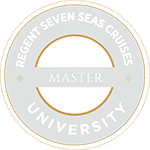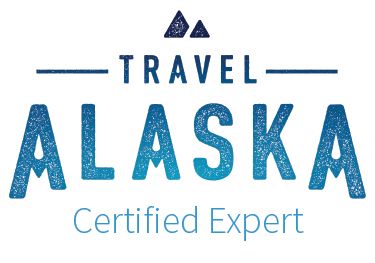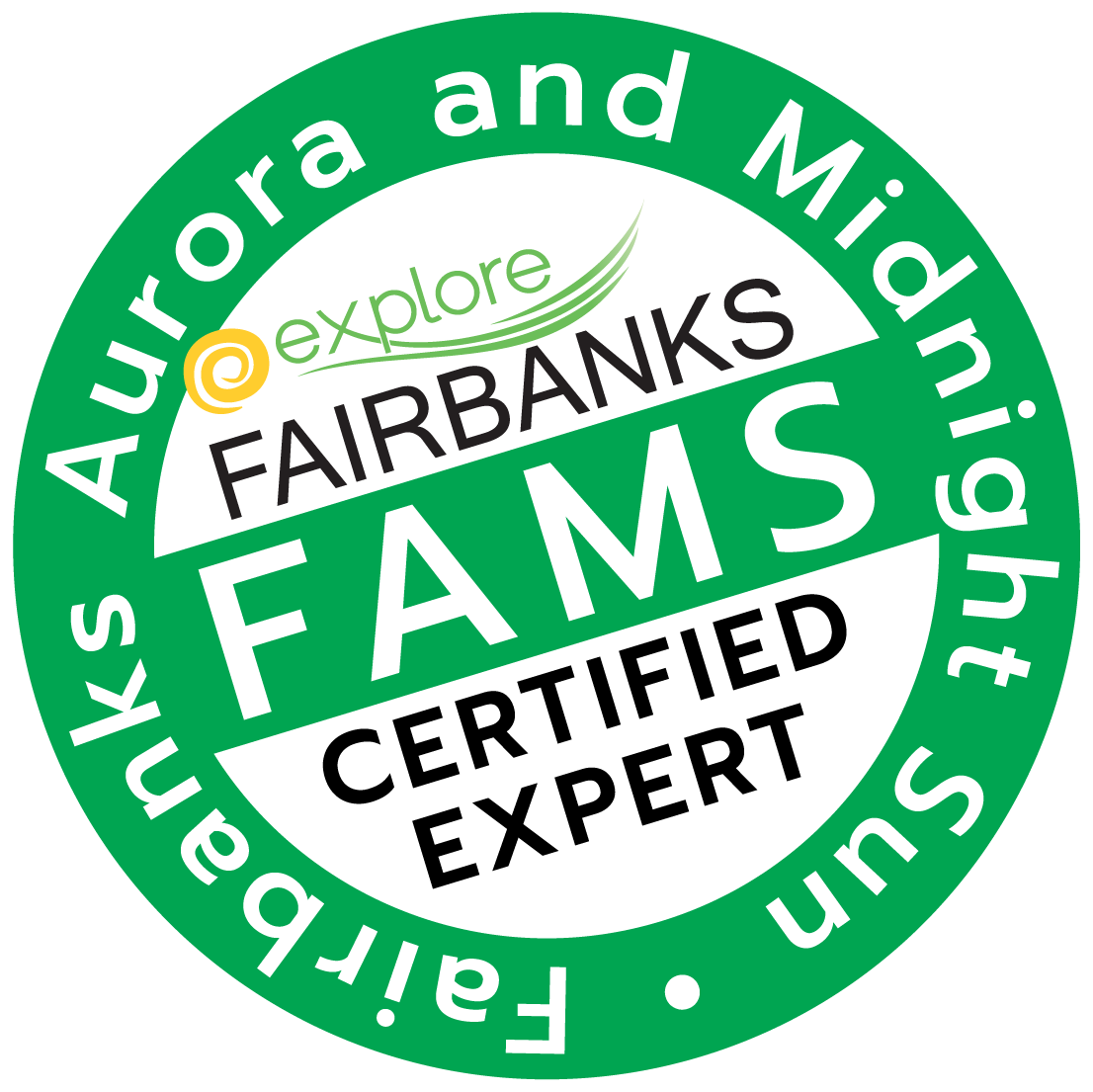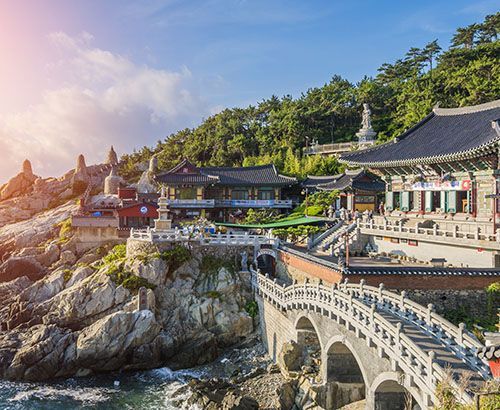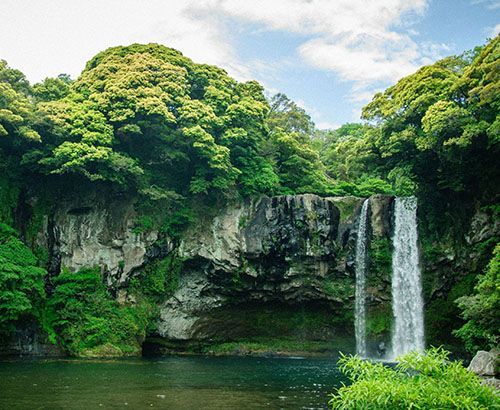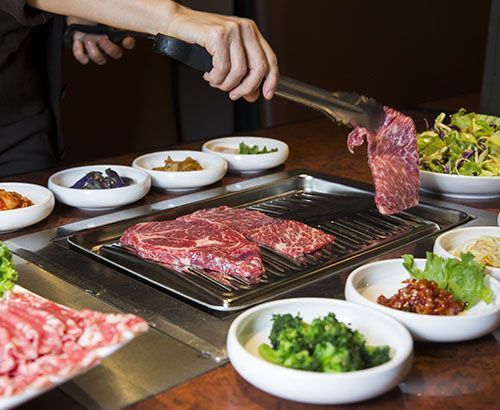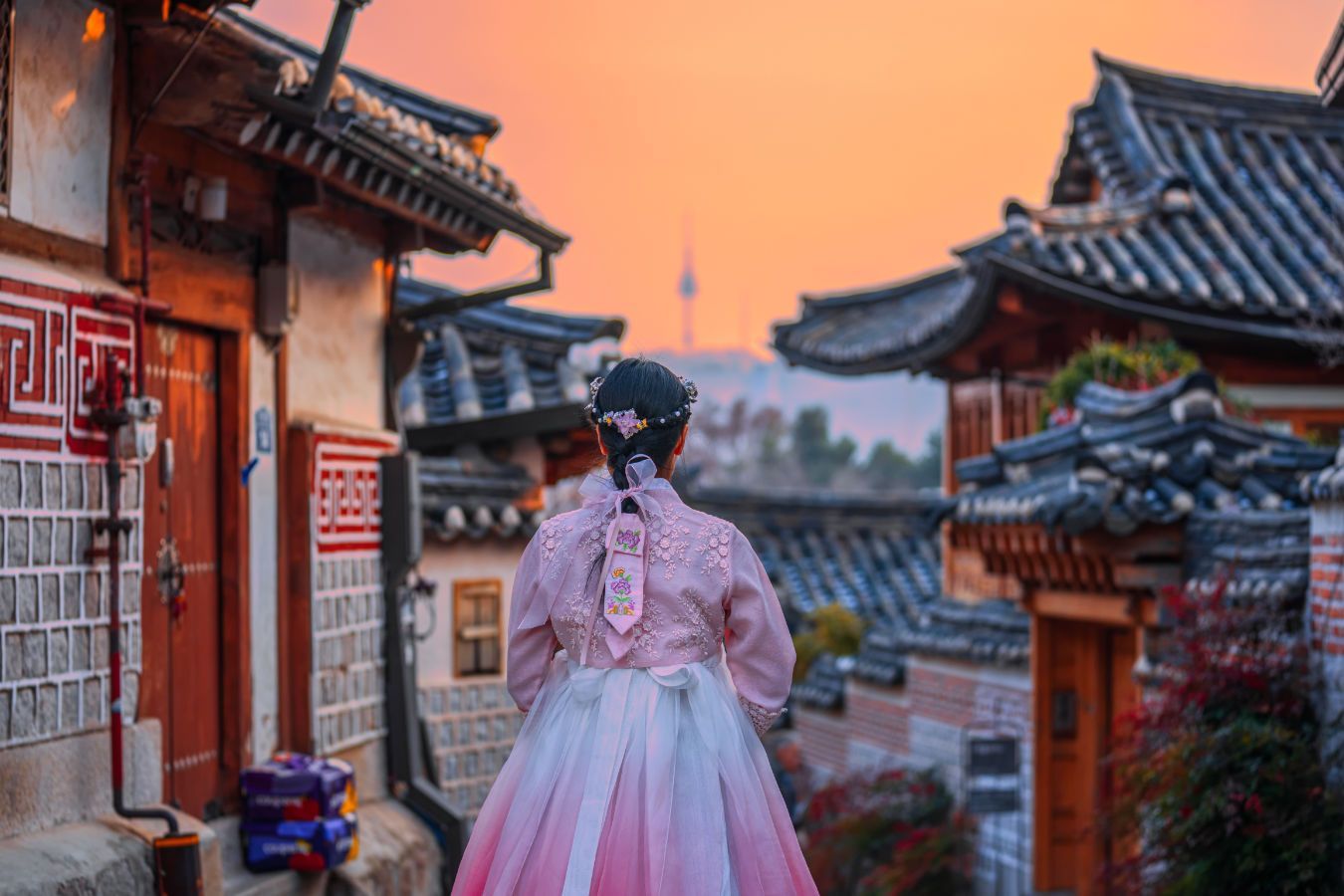
New Paragraph
South Korea: Culture, Cuisine & Connection
South Korea: Where Tradition Meets Innovation
South Korea is a land of breathtaking mountains, rich history, vibrant culture, and world-renowned cuisine. With nearly 80% of the country covered in mountains, it’s a paradise for travelers who crave natural beauty woven seamlessly with immersive cultural experiences. From dynasties that shaped the nation for thousands of years to today’s global Korean Wave—K-pop, K-dramas, K-beauty, K-fashion, and K-cuisine—South Korea is a destination where tradition and modernity thrive side by side.
As a certified Korea Travel Specialist through KNTO Imagine Korea and the Travel Agent Academy, I craft personalized itineraries that uncover the best of South Korea—whether that’s the royal palaces of Seoul, the timeless elegance of Gyeongju, the neon energy of modern pop culture, or the sizzling flavors of Korean cuisine.
Here, every journey tells a story: wander through tranquil temples, follow the blossoms of spring, savor street food tucked into hidden alleys, or explore islands kissed by the sea. In every season, South Korea invites you to explore, savor, and connect with its vibrant spirit.
Answer the Call of South Korea
Adventure, culture, and flavor await at every turn. From bustling city streets and ancient palaces to serene mountains and vibrant festivals, South Korea invites you to explore, savor, and connect with a country rich in history, people, and experiences. Don’t just dream about it—let South Korea capture your heart and create memories that last a lifetime
Uncover Unique Adventures
Start Your South Korean Adventure
Start Your South Korean Adventure
Ready for an adventure that will thrill your senses and stay in your heart forever? I’m Althea Wyman of Setters Point Travels, and I’ll guide you on a custom journey through South Korea’s breathtaking landscapes, vibrant cities, and rich cultural treasures. Climb majestic mountains, explore colorful markets, savor sizzling street food, and dive into traditions both ancient and modern.
Your next unforgettable adventure starts here—let’s make South Korea your story!
South Korea City Spotlights
These are just a few of the incredible cities and regions to explore in South Korea. Each offers a unique combination of rich culture, world-class cuisine, and UNESCO World Heritage sites, making every visit unforgettable.
Seoul – The Heartbeat of Korea
Seoul is where ancient tradition meets cutting-edge modernity. Wander through five grand palaces, stroll serene temple grounds, and explore vibrant neighborhoods filled with art, cafés, and markets. Savor Korean BBQ, street tteokbokki, and delicate teas while discovering the local culinary scene. UNESCO sites such as Changdeokgung Palace and Jongmyo Shrine highlight the city’s deep history, while the pulsating nightlife and K-Pop culture showcase its contemporary vibrancy.
Busan – Coastal Energy and Seafood Delights
South Korea’s second-largest city offers majestic beaches, colorful culture, and fresh seafood. Explore the artistic Gamcheon Culture Village, taste hwe (raw fish) at Jagalchi Fish Market, and learn about its role as a temporary capital during the Korean War. Though Busan has no UNESCO sites, the city’s vibrant mix of history, food, and coastal life makes it an essential stop.
Gyeongju – Museum Without Walls
Once the Silla Dynasty capital, Gyeongju is a living museum of Korean history and culture. Marvel at Bulguksa Temple and Seokguram Grotto, both UNESCO World Heritage sites, and stroll through royal tombs and ancient artifacts. The region also offers traditional Korean cuisine, such as hearty stews and rice-based dishes, giving a taste of centuries-old culinary traditions alongside the historic sites.
Jeonju – Culinary Capital and Hanok Charm
Jeonju is famous for its Hanok Village, traditional architecture, and culinary excellence. It’s the birthplace of bibimbap, and local markets offer street foods, artisanal teas, and handcrafted treats. Explore museums and cultural centers celebrating Korea’s heritage, and wander through a town that preserves centuries of craft, cuisine, and community life.
Jeju Island
Jeju Island is a volcanic wonderland, home to Jeju Volcanic Island and Lava Tubes, a UNESCO World Heritage site. Hike mountains, discover waterfalls, and relax on pristine beaches. The island also delights food lovers with fresh seafood, black pork, and tangerines, making it a destination where nature, culture, and cuisine are perfectly intertwined.
Andong – Tradition Alive
Andong is a gateway to authentic Korean culture and traditions. Witness mask-making workshops, join local festivals, and sample Andong Soju and traditional dishes that reflect centuries of heritage. UNESCO recognition highlights its living cultural practices, offering travelers a deeply immersive experience of Korea’s historical and culinary roots.
Savor the Culture
Every destination has its own unique flavor, and at Setters Point Travels, I believe that food is the heart of culture. From bustling street markets to hidden gem restaurants, we guide you to culinary experiences that tell the story of the place.
The Social Culture of Eating: “Have You Eaten?”
In South Korea, food is more than sustenance—it’s a way of connecting with others. Greeting someone with “Have you eaten?” (밥 먹었어요?) is a common expression of care, reflecting the country’s warm and communal spirit. Meals are often shared, whether it’s sizzling Korean BBQ, steaming bowls of bibimbap, or a street-food feast at a lively market. Eating together is a celebration of community, family, and friendship, where every bite tells a story and every table invites you to connect with the people and culture around you
Let me help you find the best local dishes that will make your travels unforgettable.
Crafting Unique Cultural Experiences
Meet Althea Wyman: Your Travel Guide to South Korea
Meet Althea — Your Guide to South Korea
Hi, I’m Althea Wyman, founder of Setters Point Travels and a certified Korea Travel Specialist. With my expertise and passion for immersive cultural and culinary experiences, I’ll help you explore South Korea beyond the typical tourist paths. From historic palaces and serene temples to vibrant cities, stunning mountains, and island escapes, I create personalized journeys that let you savor, explore, and truly connect with this incredible country.
Let’s turn your dream South Korean adventure into reality!
Step into South Korea and embark on a journey that awakens all your senses. Climb misty mountains and wander through serene temples, then dive into bustling markets alive with neon lights, K-pop rhythms, and the sizzling aromas of street food. Learn ancient crafts from local artisans, savor flavors that tell centuries-old stories, and join vibrant festivals that bring streets and villages to life. Every encounter, every taste, every trail invites you to explore, savor, and connect—with the landscapes, the people, and the rich culture that make South Korea a destination like no other. This is more than travel; it’s an immersive story that stays with you long after the journey ends.
Traveling to South Korea: Your Questions Answered
Planning a trip to South Korea can be exciting yet overwhelming. To help you navigate your journey, we’ve compiled answers to some common questions that travelers often have. From the best times to visit to what essentials to pack, we’ve got you covered for an unforgettable vacation to South Korea.
What is the best time to visit South Korea?
Best Time to Visit South Korea
One of the most enchanting things about South Korea is that it truly celebrates all four seasons, each transforming the country into a completely different destination. From delicate spring blossoms to fiery autumn mountains, South Korea’s beauty shifts throughout the year, offering travelers a reason to return again and again.
🌸 Spring (March – May): Blossoms and New Beginnings
Spring sweeps across South Korea with an explosion of color and fragrance. Cherry blossoms line the streets of Seoul and paint historic palace grounds in soft pink hues, while azaleas and forsythias brighten the countryside. The air feels fresh and hopeful, making it an ideal time for leisurely strolls along the Han River, day trips to Nami Island, or temple visits framed by blooming flowers. With mild temperatures, spring is perfect for outdoor exploration and cultural festivals.
☀️ Summer (June – August): Festivals, Beaches, and Mountain Adventures
Summer brings energy and excitement. Lush green mountains invite hikers, while coastal cities like Busan come alive with beachgoers enjoying the sea breeze. Jeju Island becomes a tropical escape with waterfalls, lava tubes, and seaside trails. Summer is also festival season — from Boryeong’s famous Mud Festival to vibrant music and food celebrations. While July can be humid and rainy due to the monsoon season, August often brings clearer skies, making it ideal for seaside relaxation and nightlife in Korea’s bustling cities.
🍂 Autumn (September – November): Fiery Foliage and Clear Skies
Ask a local their favorite season, and most will say autumn. The skies turn brilliantly blue, the air is crisp, and the landscapes are ablaze with red, orange, and golden leaves. Mountain trails in Seoraksan and temple courtyards across the country look like paintings, creating some of the most unforgettable scenery in Asia. Autumn is also harvest season, so markets overflow with seasonal treats, and food festivals highlight Korea’s rich culinary traditions. This season perfectly blends natural beauty with cultural immersion.
❄️ Winter (December – February): Snowy Magic and Cozy Comforts
Winter transforms South Korea into a wonderland. Snow blankets Buddhist temples, ski resorts buzz with activity, and city streets glow with festive lights. For adventure, head to Gangwon-do’s ski slopes, home to world-class resorts. For relaxation, soak in hot springs or warm up with spicy tteokbokki and piping-hot street food. Even Seoul feels different in winter, with holiday markets, illuminated streets, and a cozy charm that invites you to slow down and savor the season.
✨ When to Go
While South Korea is beautiful year-round, spring and autumn are the most popular seasons for travel, thanks to their comfortable weather and stunning natural backdrops. Still, summer and winter each hold their own magic for those who want to experience Korea’s beaches, festivals, or snowy escapes.
Do I need a visa or K-ETA to travel to South Korea
Do I need a visa or K-ETA to visit South Korea?
A: If you’re from a visa-exempt country (like the U.S., Canada, UK, Australia, or most of the EU), you do not need to apply for a K-ETA through December 31, 2025. South Korea extended the exemption to make travel easier and encourage tourism. You can still apply for one if you’d like to avoid filling out arrival cards, but it’s optional for now. Beginning January 1, 2026, the K-ETA requirement will return.
How long should I plan to stay in South Korea?
Q: How long should I plan to stay in South Korea?
A: Since the flight to South Korea is quite long, I recommend at least 10 days for your first visit. This gives you enough time to adjust to the time difference, explore Seoul in depth, and also experience other highlights such as Busan, Gyeongju, or Jeju Island without feeling rushed. With 10–14 days, you can balance the vibrant energy of the cities with the tranquility of the countryside and still have time to savor the food, culture, and seasonal beauty that make Korea so special.
Is English widely spoken?
Is English widely spoken?
A: In Seoul and other major cities, younger Koreans and those working in tourism often speak some English. Transit signs, menus, and attractions are usually translated. In smaller towns, English may be less common, but that’s part of the adventure—plus, translation apps make it easy to connect.
Is South Korea expensive
Q: Is South Korea expensive?
A: South Korea offers a wide range. Street food and casual meals can be very affordable (a steaming bowl of bibimbap or hotteok pancake for just a few dollars), while fine dining and Michelin-starred restaurants are also abundant. Hotels range from boutique stays to luxury properties, making it possible to plan for any budget.
How can I get around in South Korea?
Q: How do I get around South Korea?
A: South Korea’s transportation system is modern, efficient, and traveler-friendly, making it easy to explore both bustling cities and scenic countryside.
Trains: The high-speed KTX trains connect major cities like Seoul, Busan, Gyeongju, and Jeonju in just a few hours. They’re fast, comfortable, and offer scenic views along the way. Express and regional trains also make smaller destinations accessible.
Subways & Public Transit: Cities like Seoul and Busan have extensive, clean, and easy-to-navigate subway networks. English signage and helpful staff make city travel stress-free.
Buses: Intercity buses cover virtually every town in South Korea, often stopping where trains don’t. They are a reliable and affordable option.
Taxis & Rideshares: Taxis are plentiful and safe; rideshare apps like KakaoTaxi are popular and convenient for travelers.
Private Drivers & Tours: For more flexibility, comfort, or off-the-beaten-path destinations, I can arrange private drivers or guided tours, so you can travel at your own pace without worrying about navigation or schedules.
Whether you’re hopping on a high-speed train to Gyeongju, exploring Seoul’s palaces and markets by subway, or relaxing on Jeju Island with a private driver, getting around South Korea is easy, efficient, and even part of the adventure.
